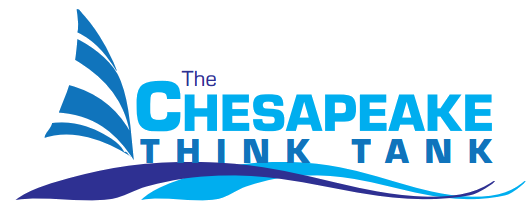

By Patrick Lee, President of Chesapeake Think Tank and CEO of Spark Business Institute
Let me share something I’ve seen hundreds of times in my years as both an entrepreneur and a business advisor: A passionate business owner sits across from me, exhausted and frustrated. They’ve been working 60+ hour weeks, yet somehow they’re not much closer to their big vision than they were a year ago. Sound familiar?
I call this the “trap of vacillating objectives,” and I’ve not only seen it – I’ve lived it myself through multiple business ventures.
Here’s the unfiltered truth from one entrepreneur to another: Most of us didn’t start businesses because we love strategic planning and disciplined execution. We started them because we saw opportunities and had the guts to chase them.
That same instinct that makes us great at spotting opportunities can be our Achilles’ heel when it comes to staying the course. One moment we’re focused on expanding our service offerings, then suddenly we’re redirecting resources to fix an operational issue, and before we know it, we’re exploring a completely new market that “just can’t wait.”
In my work with entrepreneurs, I’ve seen business owners burn through cash, team goodwill, and their own energy reserves bouncing between these shifting priorities. But I’ve also seen firsthand that it doesn’t have to be this way.
Through my own entrepreneurial journey, I’ve learned there’s a sweet spot with perseverance. Too little, and you abandon promising initiatives before they gain traction. Too much, and you’re the captain going down with a ship that should have been abandoned.
Finding that sweet spot isn’t about personality or discipline – it’s about having the right feedback loops and accountability structures. When I work with small and mid-sized businesses, we create those structures together.
Let me share what actually works, based on both my successes and hard-learned failures:
Look, I know that running a business feels like trying to build a rocket while it’s already launched. There’s no shortage of urgent matters demanding your attention. But I’ve seen too many talented business owners exhaust themselves working hard without making meaningful progress.
The businesses that ultimately succeed aren’t just the ones with the best ideas or the hardest-working leaders – they’re the ones that maintain focus despite the daily chaos.
If you recognize yourself in this cycle of vacillating objectives, know that it’s not a personal failing – it’s a common challenge that comes with the territory of entrepreneurship. But it is a challenge you can overcome with the right approach.
At Chesapeake Think Tank, we’ve assisted business owners in Anne Arundel County, Queen Anne’s County and the surrounding areas with these exact obstacles. Because I’ve been in those trenches myself, I know both how it feels and what it takes to break free.
Let’s talk if you’re ready to convert all that hard work into actual progress. The momentum you’ve been looking for is closer than you think.
Copyright 2025 | Chesapeake Think Tank
